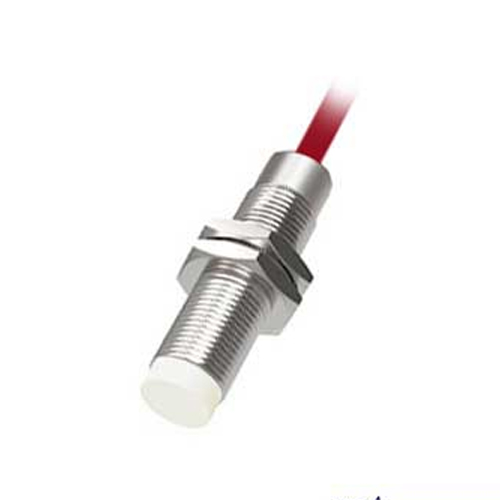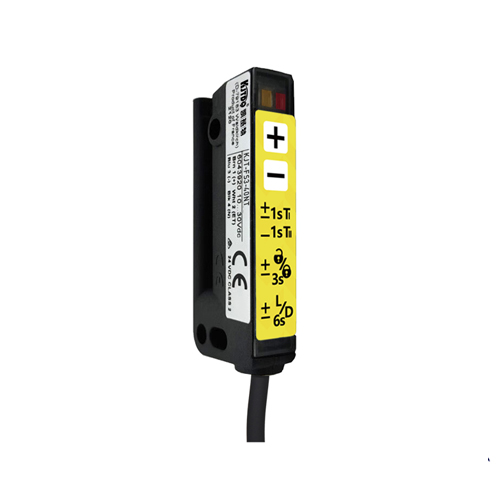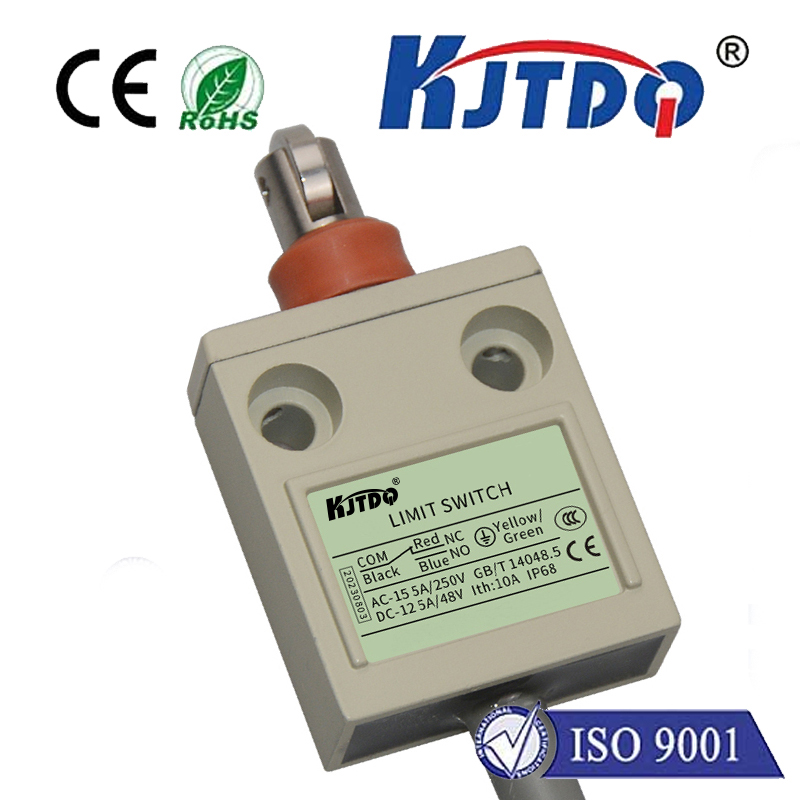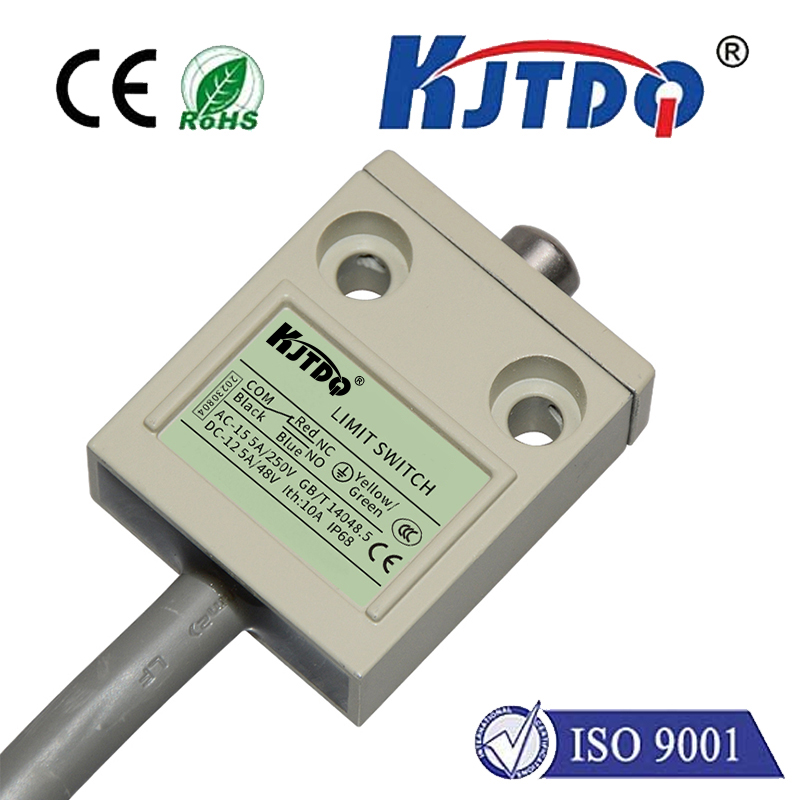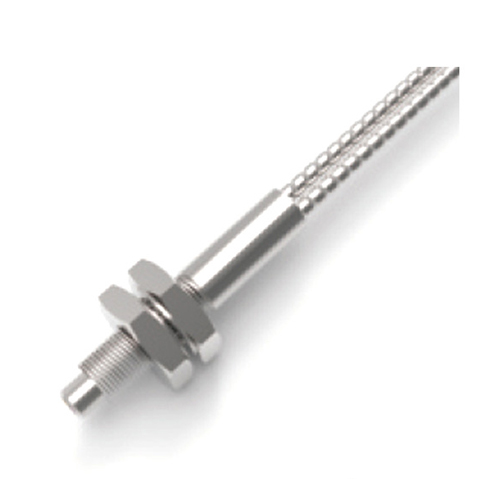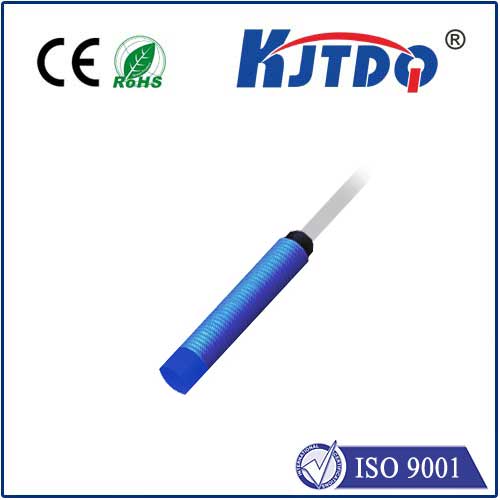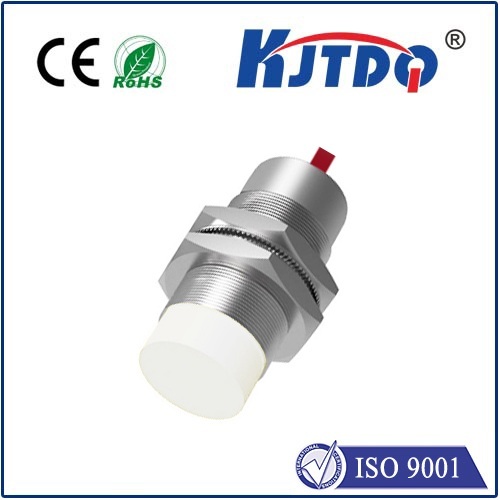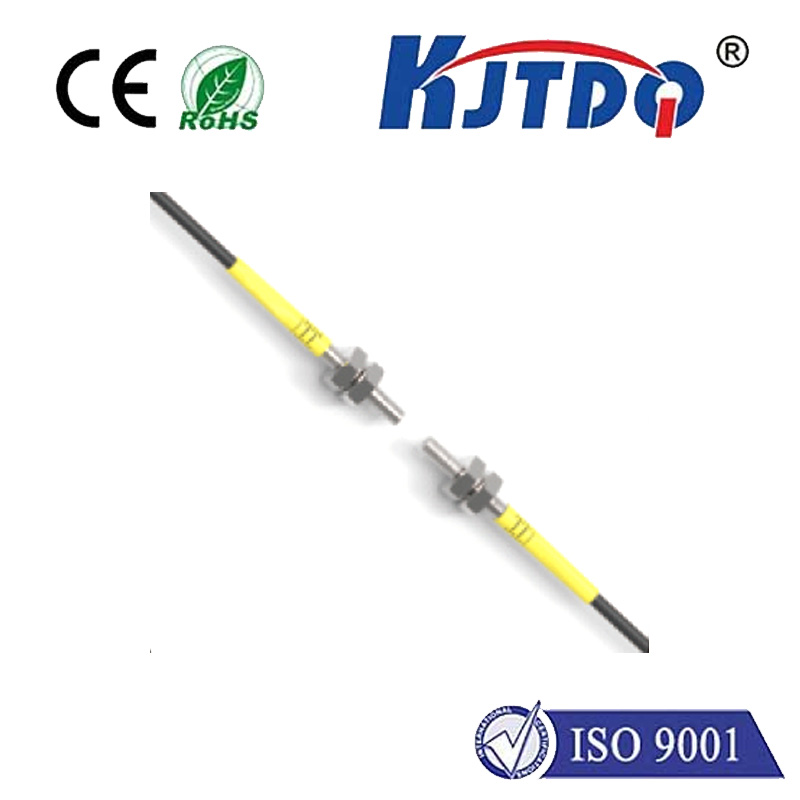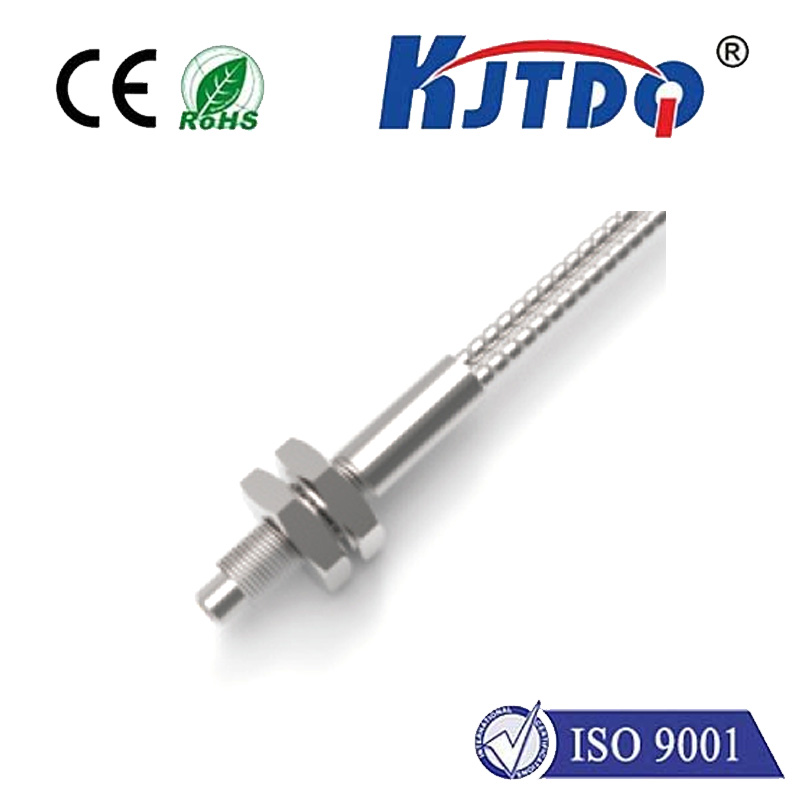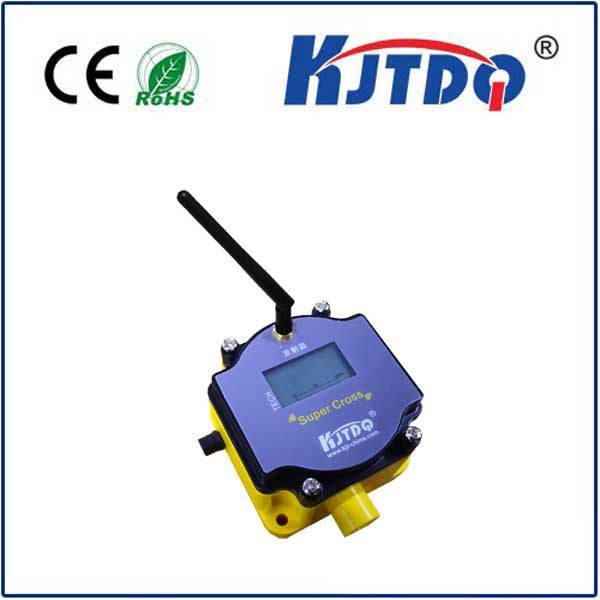Outdoor Laser Sensors: The Future of Precision in Harsh Environments Imagine a world where autonomous vehicles navigate rugged terrains flawlessly, security systems detect intruders through dense fog, and agricultural drones optimize crop health with millimeter accuracy. This isn’t science fiction—it’s the reality enabled by outdoor laser sensors. As industries push the boundaries of innovation, these advanced devices are becoming indispensable for applications demanding reliability, precision, and adaptability in unpredictable outdoor conditions.
Outdoor laser sensors are optoelectronic devices that use laser beams to measure distance, detect motion, or map environments with exceptional accuracy. Unlike traditional sensors, they excel in challenging settings—rain, dust, extreme temperatures, or uneven landscapes—where conventional tools falter. By emitting focused light waves and analyzing their reflection, these sensors generate real-time data critical for automation, safety, and environmental monitoring. A key distinction lies in their durability. Built to withstand UV exposure, moisture, and mechanical stress, outdoor variants often feature ruggedized housings and temperature-compensated optics. For instance, LiDAR (Light Detection and Ranging) systems, a subset of laser sensors, are now pivotal in everything from forestry management to self-driving cars.

1. Unmatched Precision in Dynamic Conditions Whether measuring soil erosion on a windy hillside or guiding drones in low-light environments, outdoor laser sensors deliver sub-millimeter accuracy. Their ability to filter “noise” from rain, snow, or debris ensures reliable performance. A 2023 study by the University of Stuttgart highlighted how laser-based systems reduced error margins in topographic surveys by 40% compared to GPS-dependent tools. 2. Versatility Across Applications
Not all laser sensors are created equal. When selecting a device for outdoor use, prioritize these features:
While outdoor laser sensors are revolutionary, they’re not without hurdles. Calibration drift due to thermal expansion can skew measurements. Leading manufacturers now embed AI-driven algorithms to auto-correct such deviations. Another concern is data vulnerability. In 2022, a cybersecurity firm exposed risks in wireless laser sensors used by utility companies. Encrypted protocols like TLS 1.3 and hardware-based firewalls are now industry standards to thwart breaches.
The fusion of outdoor laser sensors with machine learning is unlocking unprecedented capabilities. For example, Google’s Project Sunroof uses LiDAR and AI to calculate rooftop solar potential across entire neighborhoods. Meanwhile, startups like Aeronyde combine drone-mounted lasers with predictive analytics to combat wildfires before they spread. Sustainability is another frontier. Researchers at MIT recently developed a biodegradable laser sensor prototype, addressing e-waste concerns. As demand grows—forecasted to reach $3.2 billion by 2028 ( MarketsandMarkets )—innovation will focus on eco-friendly materials and energy-neutral designs.
